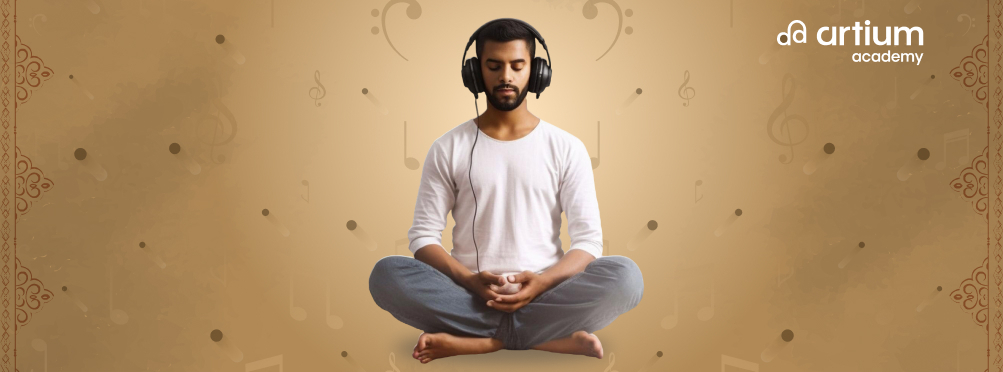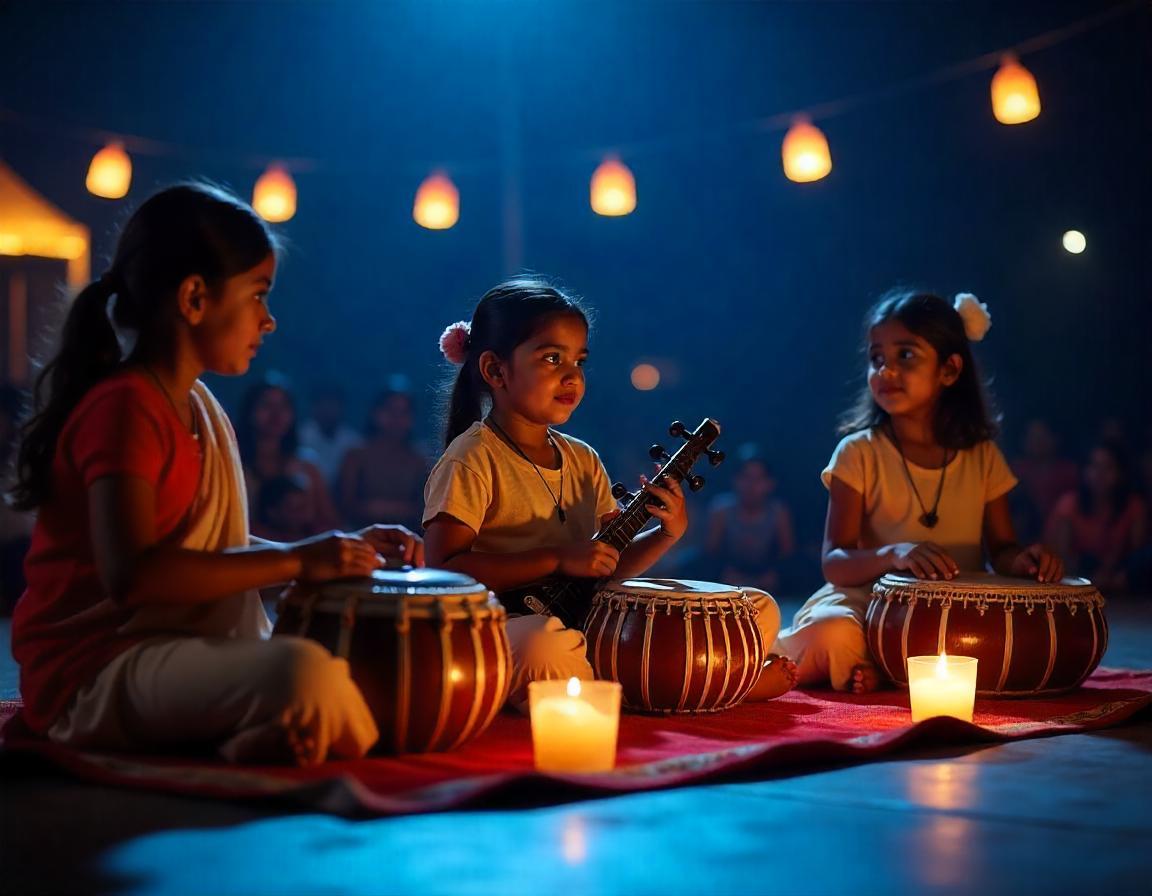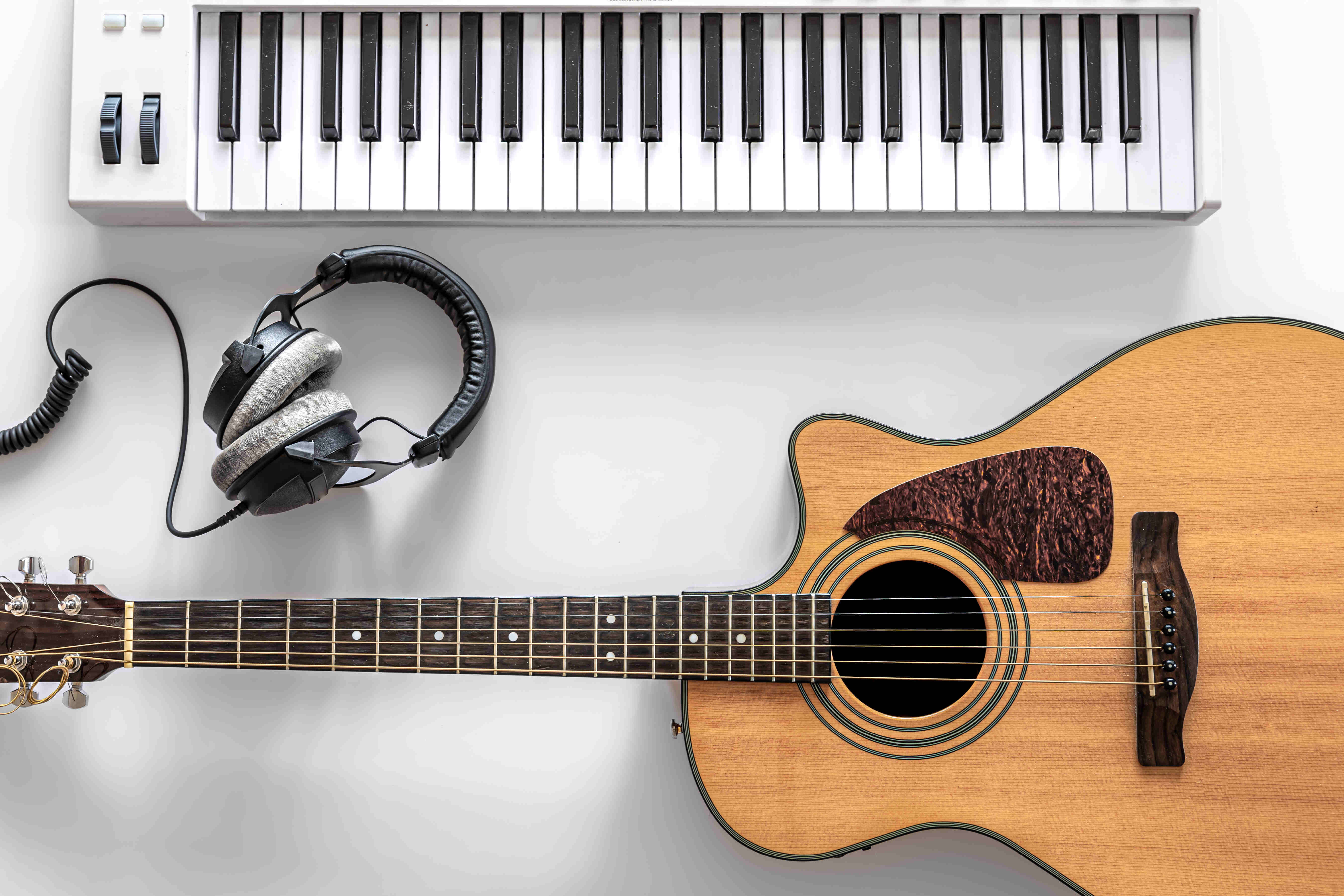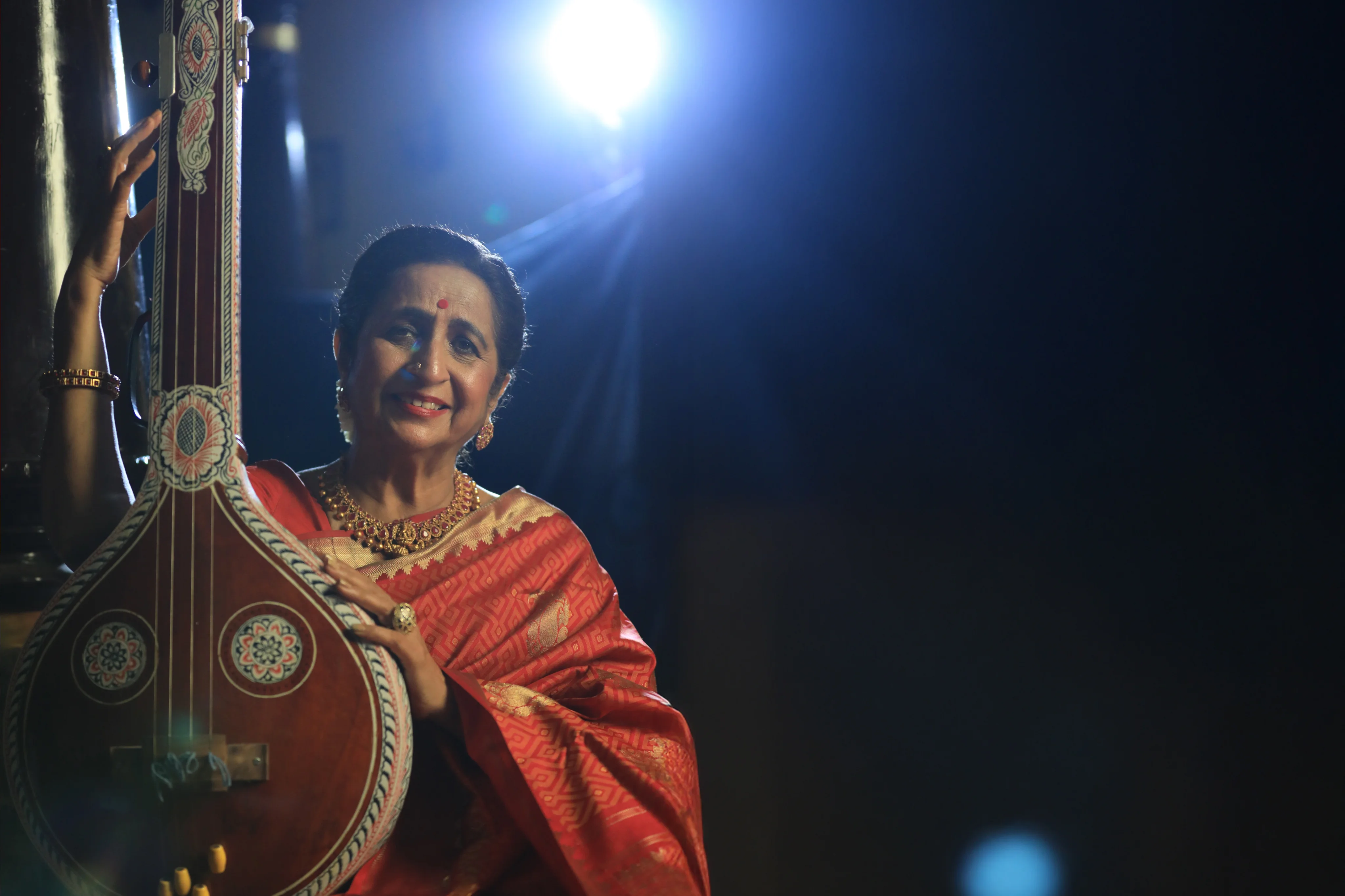Step into a world of South Indian classical music where tradition and melody meet Carnatic music, an ancient and intricate art form that is more than just music. In this blog, we’ll deep dive into the roots of Carnatic music, important terminologies, and basic and advanced lessons in Carnatic vocal music. Whether you’re a student, a parent, or simply curious about South Indian classical music, this guide provides a comprehensive understanding of this timeless music form.
Origins of Carnatic Music
Carnatic music is a renowned classical music tradition of South India with its roots dating back to thousands of years. It originates in the Vedic period, where hymns and chants formed not only the way of worship but also laid down some of the early foundations of what is known now as Carnatic music. The tradition developed over centuries and was influenced by the ideas of many scholars, saints, and composers who contributed music to its structure and repertoire.
Purandara Dasa was a Carnatic composer and one of the most influential figures in developing original compositions for Carnatic music. He organised the process of teaching and developing the music, often making it more simple for learners. His compositions were the basis of what students learn today as exercises or lessons in Carnatic music.
The genre is based on the Trinity of Carnatic Music—Tyagaraja, Muthuswami Dikshitar, and Syama Sastri. These composers added to the tradition with profound compositions, each introducing new and different forms, some of which are still studied and performed today. Their works are musically significant and spiritually resonant, often performed in religious ceremonies and festivals. Today, Carnatic music, which thrived through the centuries in temples and courts, forms an essential part of cultural as well as spiritual life in South India. This is why it holds significant importance in saving our age-old customs.
Terms to Know in Carnatic Music
To fully understand and comprehend Carnatic music, you must familiarise yourself with a few terms that are the basis of this art form.
- Raga: What exactly is a Raga? Raga is the foundation of Carnatic music. A raga plays the role of building the melodic framework for improvisation and composition. These ragas evoke specific emotions or themes, each with its own unique signature mood. There is no point in pursuing any form of classical music, especially Carnatic music, without mastering ragas that essentially teach you to create structured and expressive melodies.
- Tala: Melody orbits raga, rhythm follows tala. It is a rhythmic cycle that structures a musical performance. Tala is divided into different categories based on time signature and pattern. It takes hours of practice for any student studying Carnatic music to grasp the concepts and follow the tala correctly.
- Kriti: Kriti is lyrical and incorporates musical elements typically composed in a specific raga with tala. This core repertoire has become the bread-and-butter of Carnatic music, and serious students or practitioners have eventually advanced to these compositions.
- Alapana: It is an improvisational study of the raga. Usually, an artist will improvise on a raga at the start of a piece in a free-flowing, unstructured form. Alapana is a major part of Carnatic music and needs an in-depth understanding of the raga and a high level of creativity.
- Swara: Swara refers to the musical notes in Carnatic music. Although they look familiar to Western musical notes, Carnatic swaras are a set of seven scales that consist of shadja (Sa), rishabha (Ri), gandhara (Ga), madhyama (Ma), panchama (Pa), dhaivata (Dha), and nishaada (Nee). These Swaras act as building blocks of ragas and are vital in shaping the melodic content of Carnatic music.
Basic Lessons and Exercises in Carnatic Vocal Music
Like everything else, learning Carnatic music begins with mastering the basics.
- Sarali Varisai: This is the first step in your Carnatic music training. These are basic, repeating sequences of swaras (notes) that assist you in learning to control your voice and understand pitch or scale. Knowledge of Sarali Varisai is essential to building a solid musical foundation as it enables you to train both ear and voice to identify notes correctly.
- Janta Varisai: You will proceed to Janta Varisai exercises once you are comfortable with Sarali Varisai. These are based on singing double notes that assist in controlling your breath and strengthening your voice. Janta Varisai exercises are essential for building stamina and precision as they involve consistently repeated pitches you must sing.
- Alankaras: Alankaras are a set of melodic patterns sung to the various talas, which aid in understanding the rhythm and timing in Carnatic music. These exercises are more advanced than Sarali and Janta Varisai, as they involve you singing a melody in sync with the tala. Playing Alankar helps in learning to navigate different swaras while maintaining the rhythm.
- Swarasthana: Swarasthanam maintains pitch and forms the base of good singing. These are meant to help you identify and sing every note correctly! These exercises teach your ear to recognise the differences between Swaras, ensuring you sing accurately and perfectly.
Advanced Lessons in Carnatic Vocal Music
As you veer deeper into your Carnatic music journey, you’ll begin to explore more advanced techniques and compositions. These lessons follow the foundational exercises and bring you closer to Carnatic music’s rich and complex heritage.
- Geethams & Varnams: Basic exercises transform into actual compositions with Geethams & Varnams. Geethams are simple compositions that introduce you to the concept of singing with lyrics. The compositions are primarily set in easy ragas-talas formats. But Varnams are more intricate and form the foundation for thoroughly learning raga and tala. Varnams act as a learning tool and a performance piece—you can think of them as the stepping stone that helps achieve playing capacity to take on more complicated songs.
- Kritis: Once you cross the beginner stages in Carnatic music, you will be more exposed to Kritis. These prime compositions in Carnatic music are important because they are lyrical and highly evolved melodic. The Trinity of Carnatic Music and other great composers usually wrote Kritis. Kritis are elaborate compositions best appreciated by someone who has studied ragas and talas extensively, as well as the mood or bhava of the lyrics.
- Manodharma (improvisation): Manodharma is one of the most exciting features of Carnatic music. This is where your musicianship can express itself creatively. Performing Raga Alapana, Niraval, and Kalpana Swaras is important in Manodharma, where Raga Alapana involves improvising within the framework of raga and exploring its various facets. While Niraval is the art of improvisation on a line or lines in a kriti, Kalpana Swaras involve improvising with the swaras of a raga. Manodharma needs an understanding of tala knowledge and an ability to think musically on the spot.
Advanced tips: As you progress, Gamakas (ornamentations) bring depth and life to your singing. Since they involve minor variations in pitch and tone that can fill the music with life, Gamakas are needed to express a raga adequately. Using Gamakas appropriately signifies maturity in Carnatic music and demands technical expertise and emotional sensitivity.
Conclusion
Getting into Carnatic music will give you lots of fulfilment and satisfaction, both culturally and personally. From its ancient roots to mastering its complex compositions and improvisational skills, learning Carnatic music is a journey that keeps on giving throughout your musical and spiritual life.
The relationship between a student and teacher is paramount to any success in the music world here at Artium Academy. Whether you are a beginner or an experienced student who is just looking to hone your skills, our online singing classes are programmed in such a way that they will ensure guidance at each step of the way. We encourage you to continue exploring this beautiful tradition through formal lessons or self-study at our academy.
The benefits of learning Carnatic music are immense; it connects you to a cultural heritage that can never be replaced and is a profound way to express yourself. Ready to embark on your musical journey? Explore our online singing classes and discover the joy of learning South Indian classical music with Artium Academy today!
















